Preparations
begin before the eve of December 1st as children start to keep an eye out for
Christkind and there is the smell of sweet pastries in the air. The German
traditional baking starts at the beginning of the month, and if you have ever
been in a German bakery, you know that there is some seriously wonderful yummy
pastry rolling out of the oven. Spiced cakes and cookies.
Yes,
let’s get right to the food. Stollen is filled with diced fruits and spices.
Spritz cookies are a tasty cookie with butter, eggs, sugar and flour. There are
hazelnut cookies and anise cookies. There are raisin breads and chocolate
macaroons. Haferflockenkekse is an oatmeal cookie. Engelsaugen is another word
for angel eye cookies, which is a sugar cookie with a hint of lemon. Many may
know the very popular Schwäbische Springerle cookies, which can be created with
aniseed or any other spicey addition. My grandmother made them with aniseed.
Springerele cookies.
Raisin breads
Christmas
dinner consists of carp or goose, and it may be a roast pig or suckling that
ends up on the table instead. The dinner consists of potatoes and cabbage,
brussel sprouts and sausage or pasta salad. The dinner is served on Christmas
Day, and a Christmas Eve dinner would be a lighter fare serving sausages and
salads.
Thank
heavens for the cookies!
Back to the Kids
Those
little ones put their shoes and boots out on the Eve of the 6th of December,
which is Nikolaustag, or Santa Claus Day. This day is when the children will
find out whether or not they will receive a presents or a rod in your shoe. Bad
kids get rods. Children believe that Christmas Man or Father Christmas,
Weihnachtsmann, delivers the gifts. Christmas Man resembles Santa, and he is accompanied
in some parts of the country by Knecht Ruprecht or otherwise known as Krampus
who is a horned monster that carries a birch switch and is clothed in rags.
Sweet,
huh?
On
a more pleasant note:
Children
write letters to the Christ child requesting gifts. Their letters are filled
with sparkles, glitter and in some cases, sugar. They leave the letters on the
windowsills before the 6th of December in order to be seen. They are
writing to Christkind, which is an angelic figure that has wings and a golden
crown. This is not in all parts of Germany, and it can be confusing as to who
delivers the gifts. It depends on where you live, and how your family has
traditionally celebrated Christmas. There are plenty who believe that Father
Christmas delivers the gifts and plenty that believe Christkind does.
In
Nürnberg, they select a small, young girl to play the part of the angelic
messenger.
Okay,
maybe not so young. But after that other guy ...
Advent
The
entire gift giving and celebration revolves around the celebration of Advent.
The Advent wreathes are placed on the table and four candles are central to the
piece. There are four Sundays prior to the coming of Christ. Families
traditionally read passages from the Old Testament that correspond to the
coming of Christ. The first candle lit is the candle of hope, and it relates to
the patriarchs of the Old Testament. The second candle is the candle of
Bethlehem as prophecies are read. The third candle is lit on the third Sunday
leading up to the 25th of December. This candle is the Gaudete Sunday candle.
This surrounds the teaching of John the Baptist and the joy of the shepherds.
The fourth candle is for the angels announcing the birth of Christ.
Children
use Advent calendars to mark the days to Christmas by opening a small door in
the calendar for every day that passes. Commercial calendars begin on the 1st
of December, but Advent can actually begin on the 27th of November. There are
24 doors in the calendar, and the doors reveal a daily surprise, such as a part
of the story of the coming of Christ or a part of a poem.
The
Advent calendar is a German tradition that was invented by the Lutherans as a
way to mark the days until the coming of Christ. Originally, they marked
physical doors with chalk, but later they began to hang little religious
pictures on the wall for each day. Eventually, it evolved into the more common
commercially produced Advent calendar. The first one ever produced was in
Hamburg in 1902. Before that, there was a handmade one in 1851.
O Tannenbaum
Most
people who know the words to O’ Christmas Tree, also know at least parts of the
original German song. The Christmas tree figures predominantly in German
tradition; even to the point where the tree may be decorated and then locked
away in a room of the house on Christmas Eve. Mothers who have small children
may even hide the decorating from the children. When Christmas morning rolls
around, the room is unlocked and the children can come in and explore the tree
and open all of their presents. The surprise of the fully decorated tree is
only equal to the amount of gifts piled beneath it.
The
decorating of the Christmas tree is something that the Germans take seriously.
They are well-known for their blown glass ornaments that even made their way
into the Woolworths of the 1880s. These ornaments are sold at the Christmas
markets, and they are collected and handed down throughout the generations.
Another
decorating tradition is a pastry dough that is created specifically for making
decorations for the tree.
Continued Celebration
On
the 27th of December, a group of four children go caroling. This is a Catholic
tradition. Three of the boys are dressed as the Three Kings, and the fourth boy
carries a stick with a star for the star of Bethlehem. They go door to door,
and they are collecting for charities. The chalk the doors that they have been
to, and the owner is not to wash the mark away. The mark will fade by itself by
the 6th of January, which is the Epiphany. The Sternsinger (the carolers) will
continue traveling until the 6th of January.
The
German workers and school children also have a secret Santa program where everyone
is shut in a room, and the door is slightly opened, so all the gifts can be
thrown into the room. Everyone then works to get the right gift, and they are
to never know the giver. It is considered bad luck to know who your secret
Santa was.
If
you have a secret Santa and need to get a gift, here are some great gift ideas
from the artists themselves.
Santa Claus Label for HERSHEY’S KISSES® chocolates – Christmas Party Candy Stickers – Set of 240
Vintage Poinsettia for Christmas Sticker
Flower Fairy Siam Tulip Earrings India Pink Crystals
Green Bracelet with Swarovski Crystals, Handmade Christmas Jewelry
CROSS Rose Red Lampwork Bracelet
Womens Kippah
Christmas Wreath Charm Aventurine Bar Necklace
Green Red Crystal Earrings, Christmas Ornament Holiday Jewelry Gift
Red Green and Gold Holiday Beadwoven Superduo Cuff Handmade Bracelet
Looking for something different?
Here are more links to additional beautiful, handmade gifts.
Week 1
Week 2
Week 3
Week 4
Week 5
Week 6
Week 7
Argentina
Australia
France
China
Mexico
Netherlands
I know how hard it is to put down the brats and the beer, let
alone all those yummy sweets that are just piled up ready to be eaten, but we
have to go on to our next stop.
Everyone in the sleigh, and let’s go!
Enjoy,
Julie and Harry






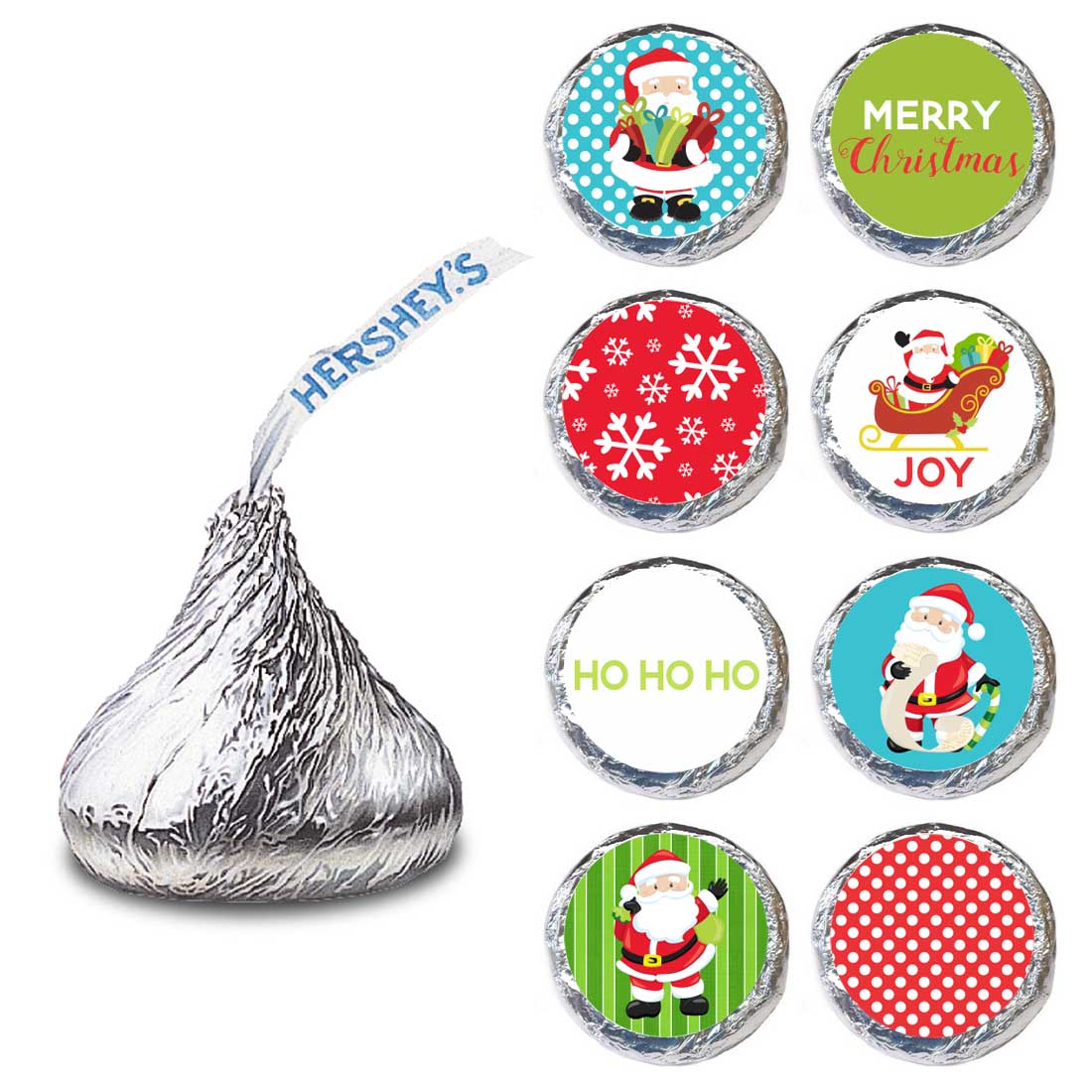

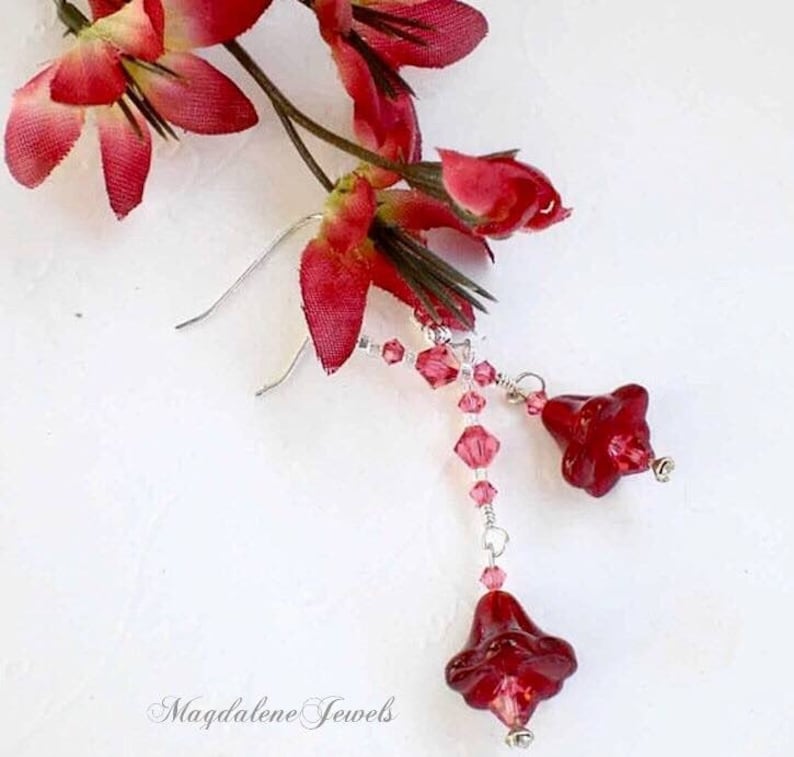
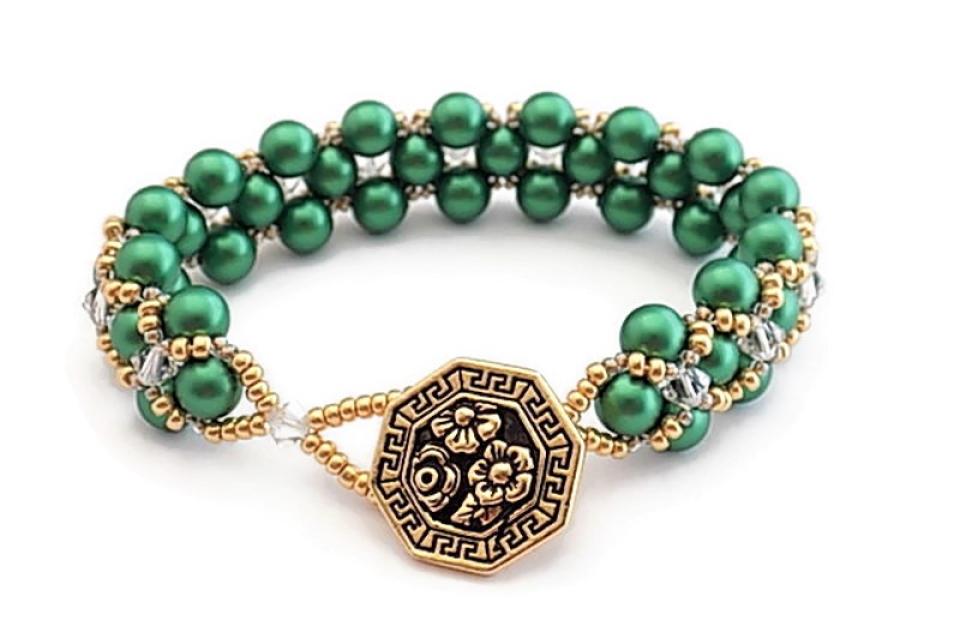

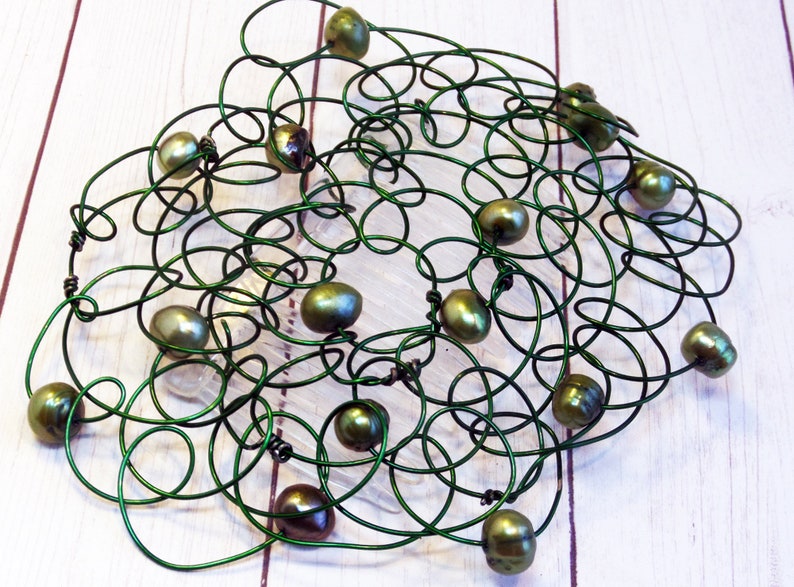
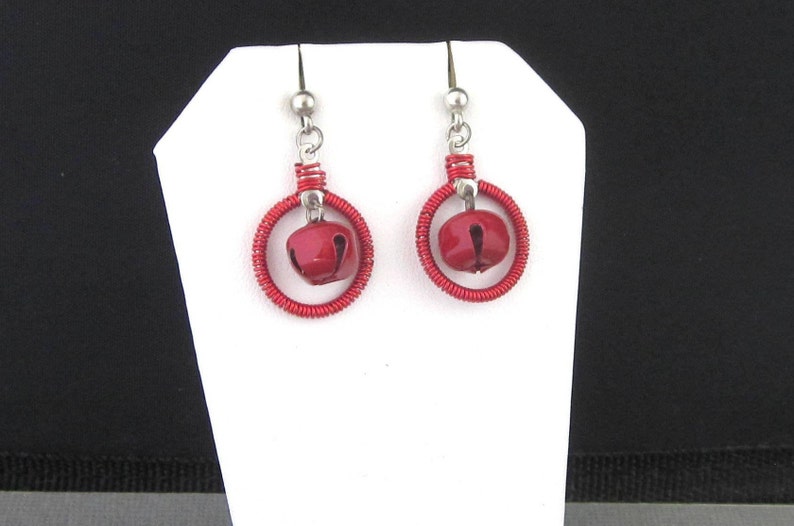
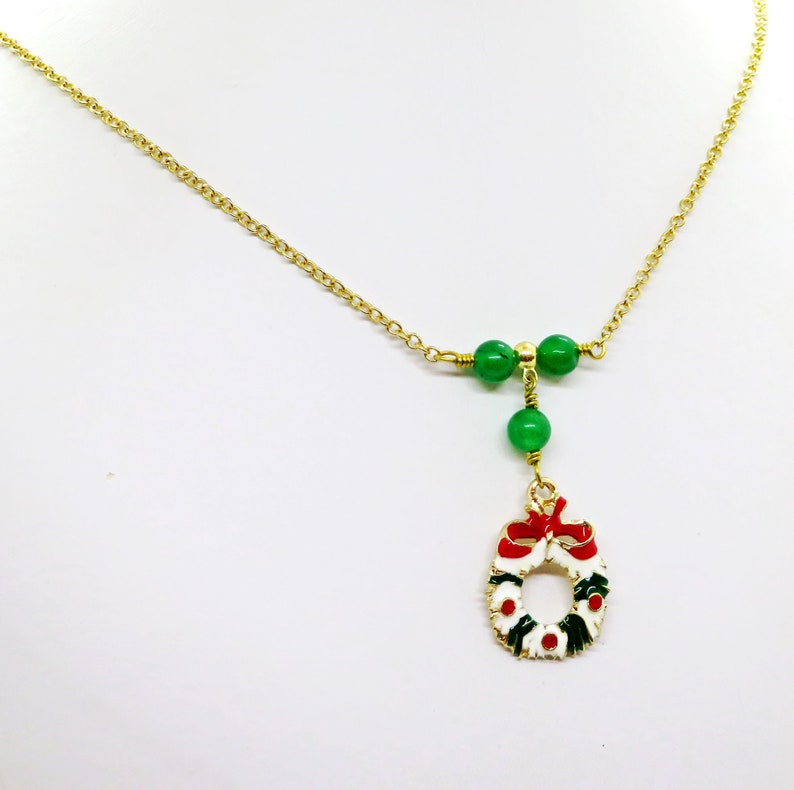
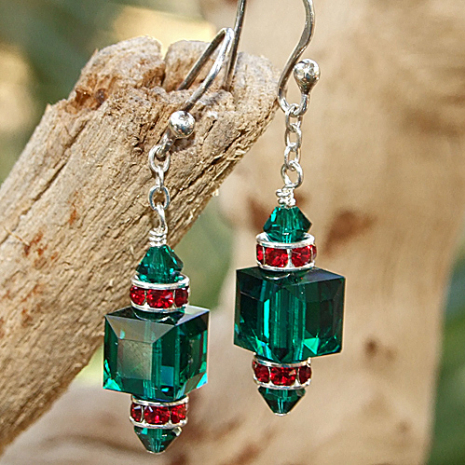
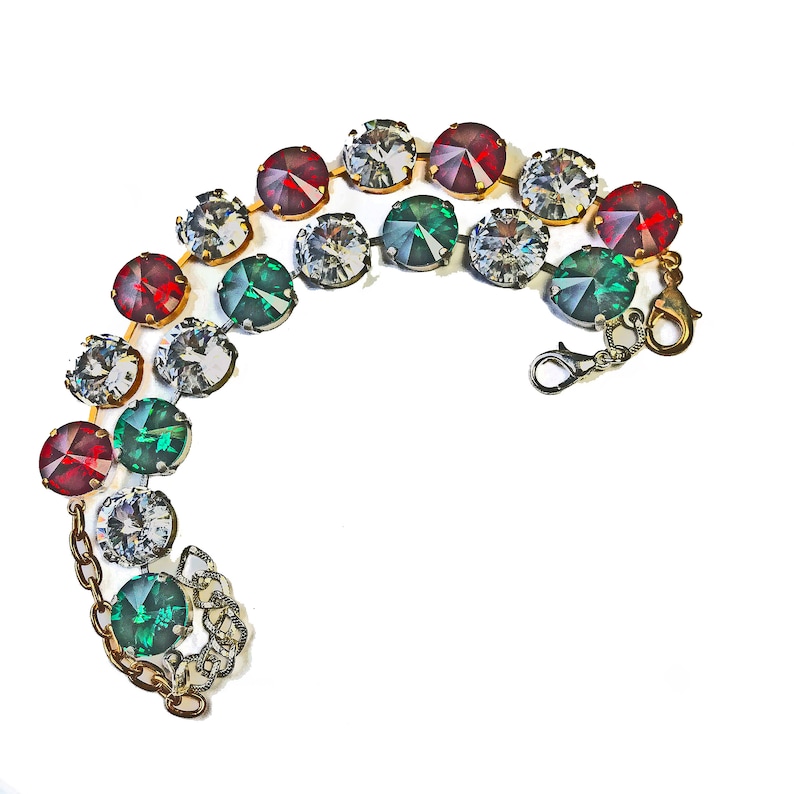


7 comments:
This brought back a lot of memories for me. My family would get an Advent wreath from church and we would sit around the table after dinner and read some Bible passages and then sing a Christmas song. I also grew up in an ethnic neighborhood mostly Hungarian and German and my friend across the street was German and her family would wait to decorate their tree on Christmas Eve. Thank you, Julie for showing my jingle bell earrings. They have been for sale a long, long time. Sharing your blog, as usual.
As always, another fascinating read of Christmas customs, this time Germany. But I wonder about the customs that seems to link kindly Santa (whatever his name is in various countries) with a creepily evil looking counterpart! UGH. Love all the choices you shared. Many thanks for including my green Swarovski crystal Christmas earrings. Will share the post and the items far and wide. Treats to the Harry Florida Dog from Snoozin' in the Sun Moose.
Thank you Julie for another interesting Christmas Blog of German traditions. So many of their traditions can be found in the Christian Religion also - Advent Wreath - Three Kings - Springerele Cookies. Brings back so many childhood memories!! Thank you for including my Tulip Earrings among your other Christmas Gifts for your Blog!
Hi Julie, Thank you for having me. I'm so glad to be a part of the Christmas Countdown even though I joined quite late. Such an interesting German traditions. The foods look delicious but the monster is definitely something I would like to avoid. Thanks again for including my sticker labels.
Thank you Julie for sharing the German Christmas traditions. I enjoy reading and learning about different Christmas traditions. Thanks for including my green pearl bracelet.
I have pinned on 3 boards and will be sharing all over.
Thanks, Julie. The holidays ARE all about the food. Interesting German traditions. Pinned to 2021 Holiday Shopping.
This was a fun read, and the "Secret Santa" handmade gift ideas are wonderful! I would love to spend a Christmas in Bingen, Germany, where some of my ancestors came from. I visited Germany in 2000, and had more fun than I expected. The food was yummy and the bakeries wonderful. The bread was awesome, & so many types. I bought some Christmas ornaments (simple but handmade of wood & costly) in a shop that was centuries'old, with warped floors and staircases. It was in the medieval town of Monschau. Wishing Prince Harry Pup and all the furpals lots of treats and wishing everyone happy sales! Will be promoting the blog on Twitter, as usual! :)
Post a Comment